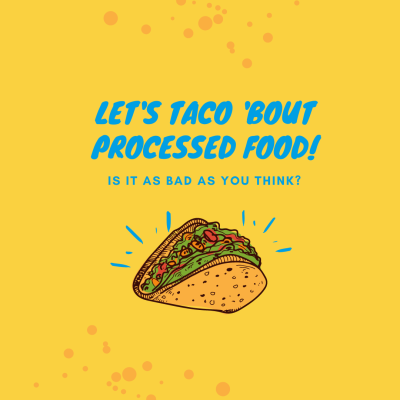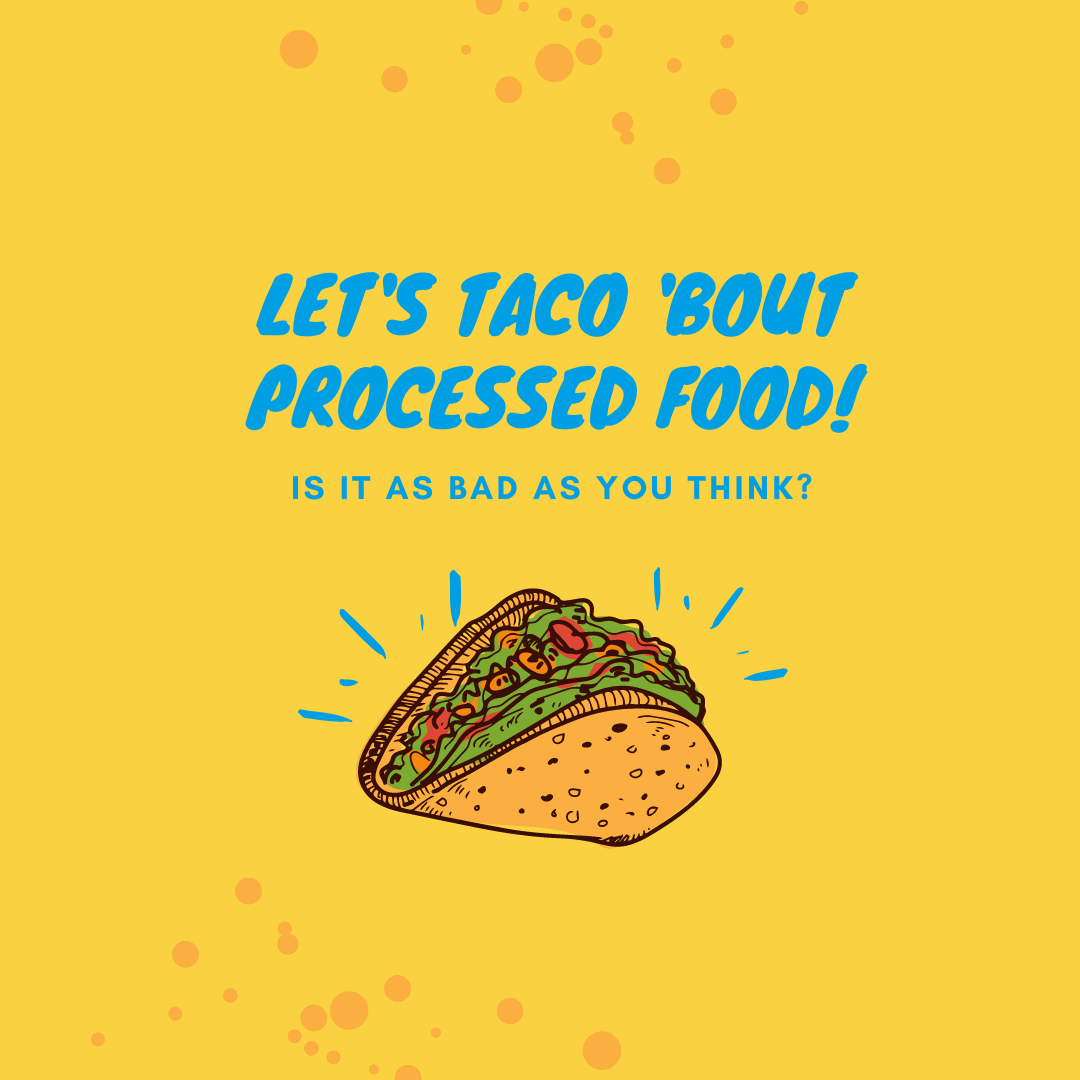Table of Contents
Has anyone ever told you to “eat less processed food”?
It’s likely that advice was in the context of “you should choose ‘healthier’ foods”. However, did you know that tofu is considered an ultra-processed food and canned beans are a “processed food”
Processed or Ultra-Processed?
Of late, you may have heard the term “ultra-processed food”. The level of processing is what determines whether or not a food is “ultra processed”. You may rely on front of package labeling to determine whether a food is a good choice or not. However the methods, used to evaluate both “healthy” or “ultra-processing”, do not always align with reality, nor do they necessarily always result in better diet quality
According to the Institute for Health Metrics and Evaluation better eating could save one in five deaths worldwide. Many organizations all over the globe use various food rating classification systems to attempt to help consumers identify “healthy foods” (tip: see a registered dietitian for personalized answers to this question). The NOVA food classification system is one such tool.
NOVA Classification
The NOVA system breaks all food products into four groups:
- Group 1 – Unprocessed or minimally processed foods
- Group 2 – Processed culinary ingredients
- Group 3 – Processed foods
- Group 4 – Ultra-processed food and drink products
They classify Group 4 as “formulations made mostly or entirely from substances derived from foods and additives, with little if any intact Group 1 food.” They group soft drinks, sweet or savory packaged snacks in this group. However the system classifies other foods, like infant formula, tofu, and veggie burgers as ultra-processed too.
Limitations to Labels
In my opinion, there are huge limitations with this tool. The constant messages you hear in the media that claim that “unprocessed or minimally processed foods are always “healthier”, aren’t as clear cut as they may seem. For instance, the popular Wheat Thins cracker and Corona beer are both graded a 3. Tofu, flavored corn chips, a high-fiber breakfast cereal, and a packaged snack cake are all ranked equally, as either “processed” or “ultra-processed foods”. Yet a high fat beef burger is ranked in Group 1, while a frozen veggie burger is ranked in Group 4. This system suggests that a beef burger (a specific brand that is made with high fat beef) is very superior to a bean burger or a veggie burger made with soy. Both can fit into your diet, and both have pros and cons. And, in fact, all of these items are indeed, food.
What is “healthy eating”?
In addition to this push to determine how “processed” a food is, using the word “healthy” on front of package labeling is up for debate. The FDA has proposed a new definition for using the word “healthy” on food packaging, and has proposed new requirements for food manufacturers for the use of the term.
By these new terms, “healthy” products would need to:
🍎 Contain a certain amount of food from at least one of the major food groups or sub-groups (fruits, vegetables, dairy).
🍎 Adhere to specific limits for certain nutrients, such as saturated fat, sodium and added sugars. The threshold is based on a percent of the daily value (DV) for the nutrient. This varies depending on the food and food group. The limit for sodium is 10% of the DV per serving (230 milligrams per serving.
Eating is Personal and Complex
I shake my head when I learn more about rating systems that attempt to create an “eat this, not that” list. Eating is very individual. So many factors go into what and how people eat. There are cultural traditions that impact choices and preferences. In addition, everyone has a different food budget and food storage system available to them. Where you live impacts what you eat. The region of the country or world, and proximity to certain grocery stores, food markets, and foods all impact food choices.
On top of all of that, there is your personal health needs. What does your body need in terms of nutrition support? What sort of food intolerances do you have or what diet therapies are you implementing for disease management? How old are you? Etc.
Finally, I will continue to maintain that it is the overall eating pattern that impacts health. Not one food or group of foods. You could choose a high fat, high sodium, high sugar food one day, and skip them the next. Or you could eat something high in sugar or sodium or fat everyday, in a small portion. It’s about balancing plates and balancing out the week with other foods that are much more nutrient dense.
To be continued…





More Stories
United Healthcare’s ransomware attack shows why supply chains are under siege
Nutrition Tips For Ramadan | JM Nutrition
Probiotics for IBS | The Nutritionist Reviews